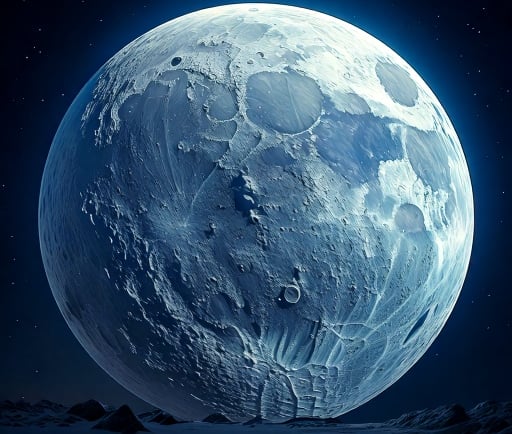Ganymede: The Largest Moon in The Solar System


Introduction to Ganymede
Among the intriguing celestial bodies that inhabit our solar system, Jupiter's icy moon Ganymede stands out as a marvel of nature. This remarkable moon is not only the largest in the solar system but also boasts dimensions greater than that of the planet Mercury and the dwarf planet Pluto. As astronomers continue to study Ganymede, it becomes evident that this moon is a crucial piece in unraveling the mysteries of our cosmic neighborhood.
Ganymede's Size and Characteristics
Measuring approximately 5,268 kilometers in diameter, Ganymede holds the title for the largest moon, dwarfing many other significant celestial entities. In comparison, Mercury measures about 4,880 kilometers across. Ganymede's unique structure comprises a metallic core, a mantle of water ice, and possibly a subsurface ocean. This intriguing layering suggests that Ganymede could harbor conditions suitable for life, sparking further interest in astrobiological studies.
The Significance of Ganymede in Space Exploration
Understanding Ganymede's characteristics plays a vital role in planetary science and astrobiology. Its size and potential subterranean ocean may provide insights into the formation and evolution of the solar system. Future missions are underway to study Ganymede more closely, particularly by the European Space Agency's Jupiter Icy Moons Explorer (JUICE), set to launch in 2022. This mission aims to delve into the moon's composition, geological activity, and potential for life, offering promising discoveries for scientists and space enthusiasts alike.
In conclusion, Ganymede's status as the largest moon in the solar system presents an exciting opportunity for exploration and understanding. Its unique attributes and potential harboring of life make it an essential subject for ongoing and future astronomical studies. As we venture further into space, Ganymede remains a vital point of interest that could reshape our perspective on what lies beyond our planet.
